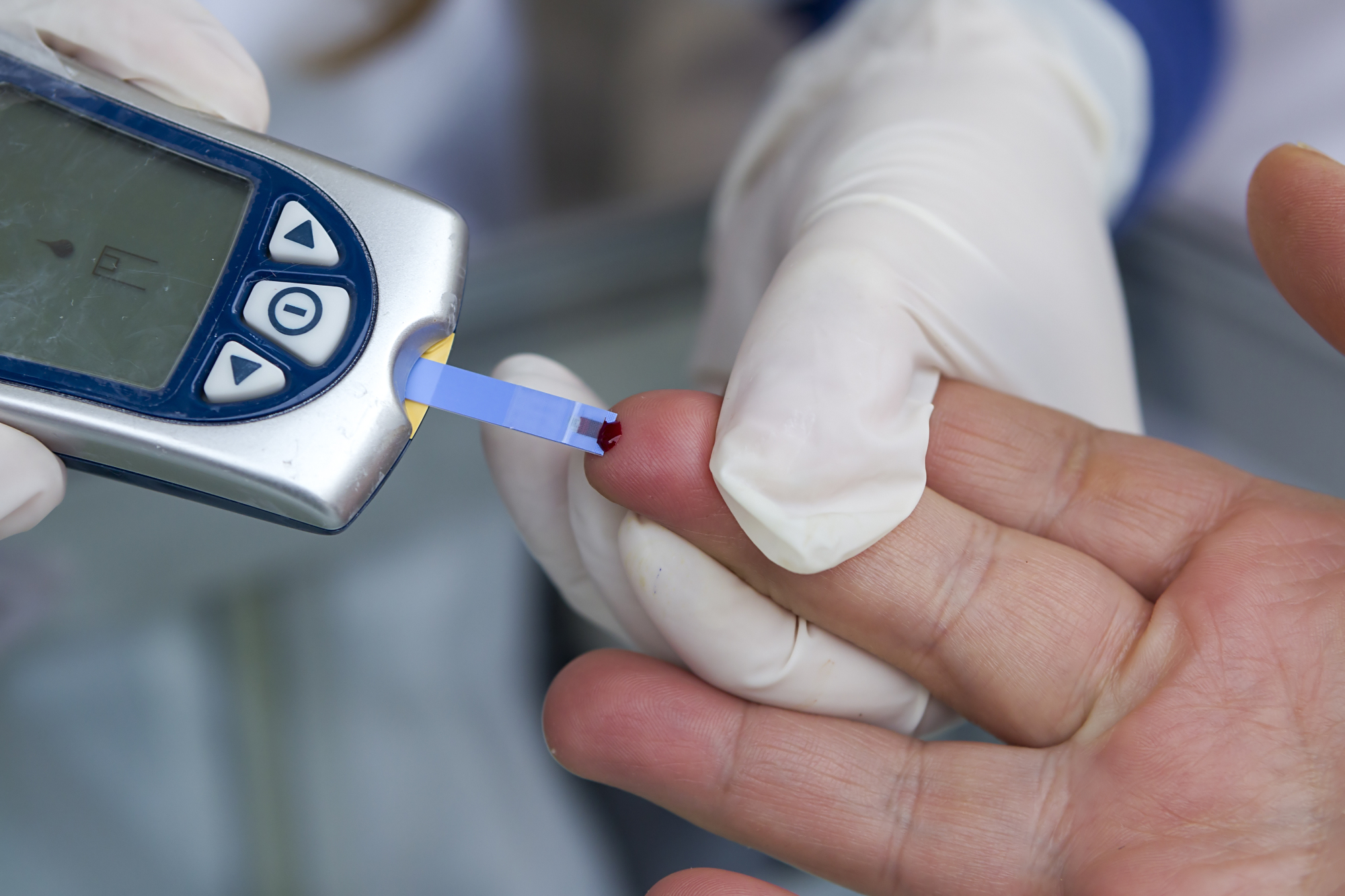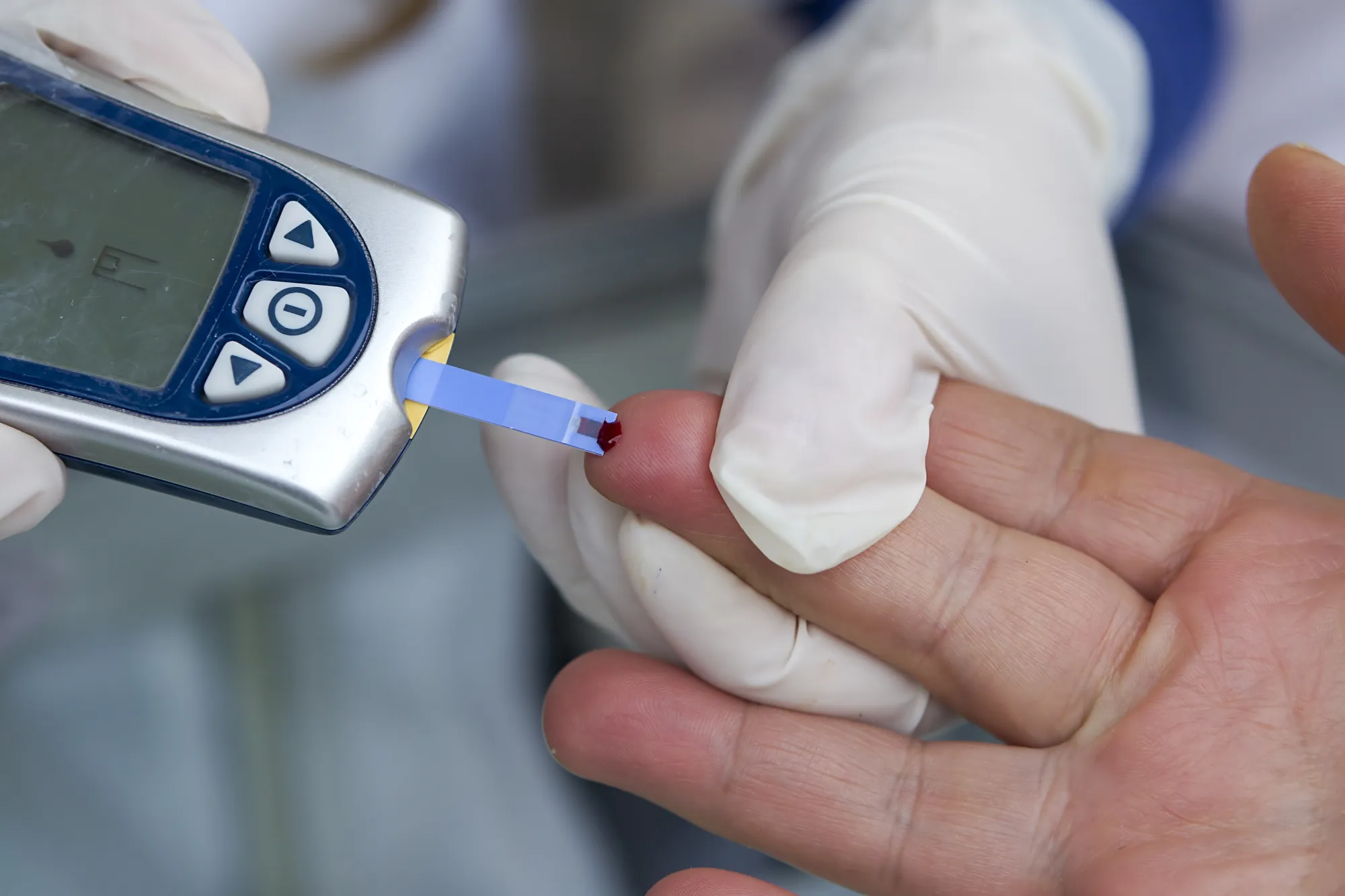If you have been newly diagnosed with diabetes, you probably have heard your doctor mention the A1C test — also known as the HbA1C, hemoglobin A1C or glycosylated hemoglobin test. And it is natural to wonder just why this is important and what range you should be aiming for.
Let’s take a closer look at the A1C test.
What Is the A1C Test?
In a way, the A1C test is similar to a blood sugar test that you perform at home — only instead of giving you information about your blood sugar at that particular moment, the A1C test tells you about how your blood sugar levels have been, on average, for the past 3 months. You will have to visit your doctor’s office to have blood drawn for this test.
Why Is It Important?
The A1C is important for several reasons:
- It can serve as a way for healthcare professionals to screen patients for diabetes.
- In patients who have already been diagnosed with diabetes, it can help to assess whether the current plan of care is keeping blood sugars in an acceptable range.
What Are Normal A1C Levels?
May diabetics worry about just what numbers to aim for in regards to A1C levels. First, let’s take a look at how patients are divided up in regards to their lab values:
- Non-diabetics generally have an A1.C of below 5.7
- Pre-diabetics have an A1C range of between 5.7 and 6.4%.
- Diabetics have a range of over 6.5%.
The American Diabetes Association, in analyzing A1C levels, ranks a level of 7 as excellent. This is because it minimizes the risk of complications of diabetes, such as damage to the eyes, kidneys or the peripheral nerves in your arms and legs.
However, it is also important to be aware that A1C levels that are healthy for you might not be right for someone else. An A1C goal should be discussed with the doctor in order to determine what you should be aiming for. There are certain circumstances where an A1C of between 7 and 8 is also considered to be acceptable. In general, you and your doctor might agree upon this range if you:
- Have tried and failed previously to achieve a lower A1C goal.
- Have a long-term or complicated case of diabetes which also involves problems with the kidneys, heart or nerves.
- Experienced episodes of low blood sugar (hypoglycemia) while aiming for a lower A1C goal.
- Have a limited life expectancy.
Lowering Your A1C Levels
It is also important to realize that your A1C level is not carved in stone — nor was it meant to be! Generally speaking, your doctor will order this test at least twice a year and sometimes more often if they feel it is needed. So if your last test was higher than you or your doctor wanted it to be, there are also ways to help lower it for next time. To achieve your goal, make sure you:
- Increase your activity level and try to get at least 30 minutes of moderate exercise up to 5 days a week.
- Make sure that your diet is balanced and based on reasonable portions and that you do not skip meals and then have episodes of overeating.
- Check your blood sugar as often as your doctor has ordered. Keep track of it in a blood sugar log and notify your doctor if you are running out of range or if you notice anything else unusual.
- Follow the plan of care that you and your doctor have come up with. If you run into any problems, let your doctor know so that you can both come up with solutions to get you back on track.
To sum up, your A1C levels are important and this test can help you and your doctor assess if your current plan of care is right for you. However, if your last levels were too high, it is within your power to help lower them for next time through healthy lifestyle changes and following your diabetic plan of care.

